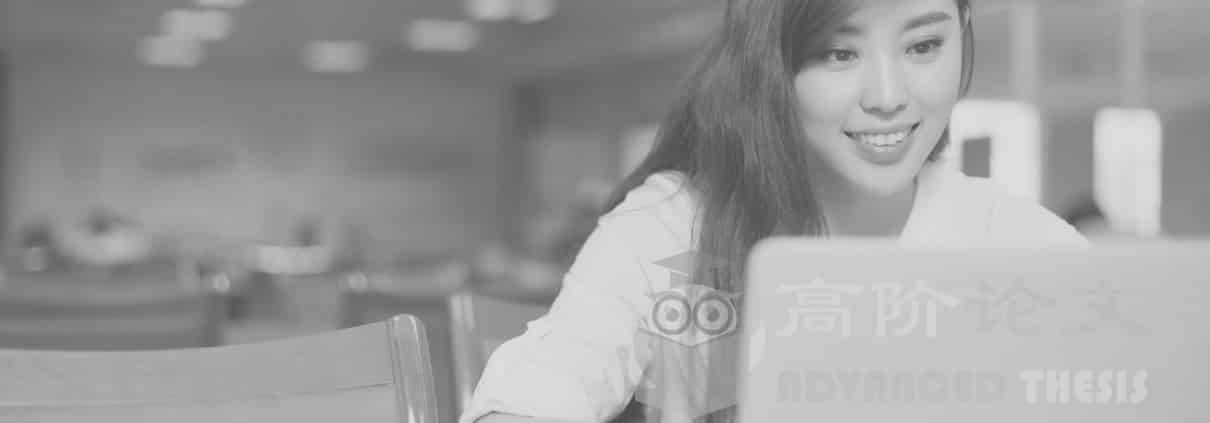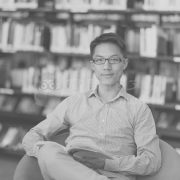新西兰essay代写:柏拉图
新西兰essay代写:柏拉图
威廉戈尔丁,谁写的“思维作为一种业余爱好”的讨论和阐述上,批判性思维或思维的三种基本的评价,一般。他说,描述了这三种或“等级”思维从三年级他描述为装载“偏见、虚伪和无知”(戈尔丁,2004)。
他继续说他有种族隔离的民众为三个分类基于他们的思维方式即一年级,二年级和三年级。他也承认,大部分的人口可以表示成三年级思想家(Sullivan &查尔斯,2005)。如果一个选择先锋其他人群的使用创造混乱,他/她可能成功地这样做由于缺少能够区分事实与谎言和现实幻想的三年级组。
他进一步描述了二年级的思想家,据他不太影响的驱动力之一。他接受这些评估的民众可以区分贬值和调查宗教或基金会的真诚但这些思想所蒙蔽,真正阻碍这一块的民众发现新的标准来考虑(约翰斯通和芭芭拉,1997)。其余民众包含第一等级聪明人谁看到贬值和邪恶以及寻找真理。其特定的生活包围卓越、精明和信息(科比特,2004)。这个民众展示了卓越的特点,创新性和创造性能量像爱因斯坦和思想家包括佛教和亚里士多德打开整个公共音乐、工艺和科学。
新西兰essay代写:柏拉图
William Golding, who penned “Thinking as a Hobby” discussed and elaborated on the fact that were three basic evaluations to critical thinking or thinking, in general. He stated and described these three kinds or “grades” of thinking starting with grade three which he described as loaded with “prejudice, hypocrisy and ignorance” (Golding, 2004).
He goes ahead to say that he has segregated the populace into three classifications based on the way they think namely grade 1, grade 2 and grade 3. He also accepts that a greater part of the population can be represented as grade 3 thinkers (Sullivan & Charles,2005). If one chooses to pioneer the utilization of the rest of the population for creating chaos, he/she can possibly succeed in doing so due to the lack of ability to distinguish truth from the lies and reality over illusions by the grade 3 group.
He further moves on to describe the grade 2 thinkers, who according to him are less impacted by one driving force. He accepted that these evaluations of populace could distinguish debasement and inquiry the sincerely of religion or foundation yet are blinded by these thoughts that truly obstructs this a piece of the populace from discovering new standards to consider in (Johnstone & Barbara,1997). The remaining populace incorporates grade-one masterminds who see debasement and viciousness as well as looks for truth. Their specific lives are surrounded by excellence, shrewdness and information (Corbett, 2004). This populace shows characteristics of excellence, innovativeness and creative energy like Einstein and thinkers including Heraclites and Aristotle opening the overall public to music, workmanship and science.







